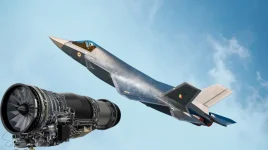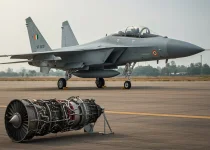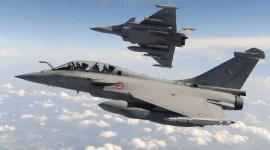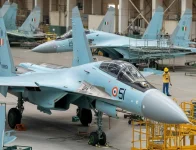- Views: 387
- Replies: 3
The engine intended for India's future Advanced Medium Combat Aircraft (AMCA) will produce 120 kilonewtons (kN) of thrust, a higher figure than previously reported, the Director of the Gas Turbine Research Establishment (GTRE) has confirmed.
Dr. S.V. Ramanamurthy clarified this detail regarding the nation's fifth-generation fighter jet programme, correcting media reports that often cited a lower 110kN specification. GTRE is a key laboratory under India's Defence Research and Development Organisation (DRDO).
This confirmation signals India's high expectations for the performance of its next-generation stealth fighter.
An engine with 120kN thrust is anticipated to provide the AMCA with significant advantages, including the ability to fly at supersonic speeds without using afterburners (supercruise), carry a larger amount of weapons and fuel (payload capacity), and exhibit improved manoeuvrability.
Dr. Ramanamurthy's statement aims to provide accurate information, countering outdated figures circulating within defence analysis circles.
The development of this powerful 120kN-class engine is planned as a collaborative effort with an international partner. This joint venture is expected to involve a significant transfer of technology, enabling India to build up its domestic capabilities in designing and manufacturing advanced jet engines.
A key goal is to reduce India's reliance on imported engines for critical defence platforms like the later versions of the AMCA. During discussions, Dr. Ramanamurthy also highlighted the importance of using standardised systems like the International Standard Station Location System (ISSLS) in engine design, which helps ensure clarity and consistency, particularly vital in joint international development projects.
It is planned that the initial version of the fighter, the AMCA Mk1, will utilise the American General Electric F414 engine, which currently powers several other modern fighter jets.
The more advanced, indigenously developed 120kN engine is specifically slated for the subsequent AMCA Mk2 variant. This engine development programme is a crucial part of India's push for self-reliance in defence manufacturing under the 'Atmanirbhar Bharat' initiative, receiving increasing support both geopolitically and from industry to establish a robust domestic aerospace ecosystem.








